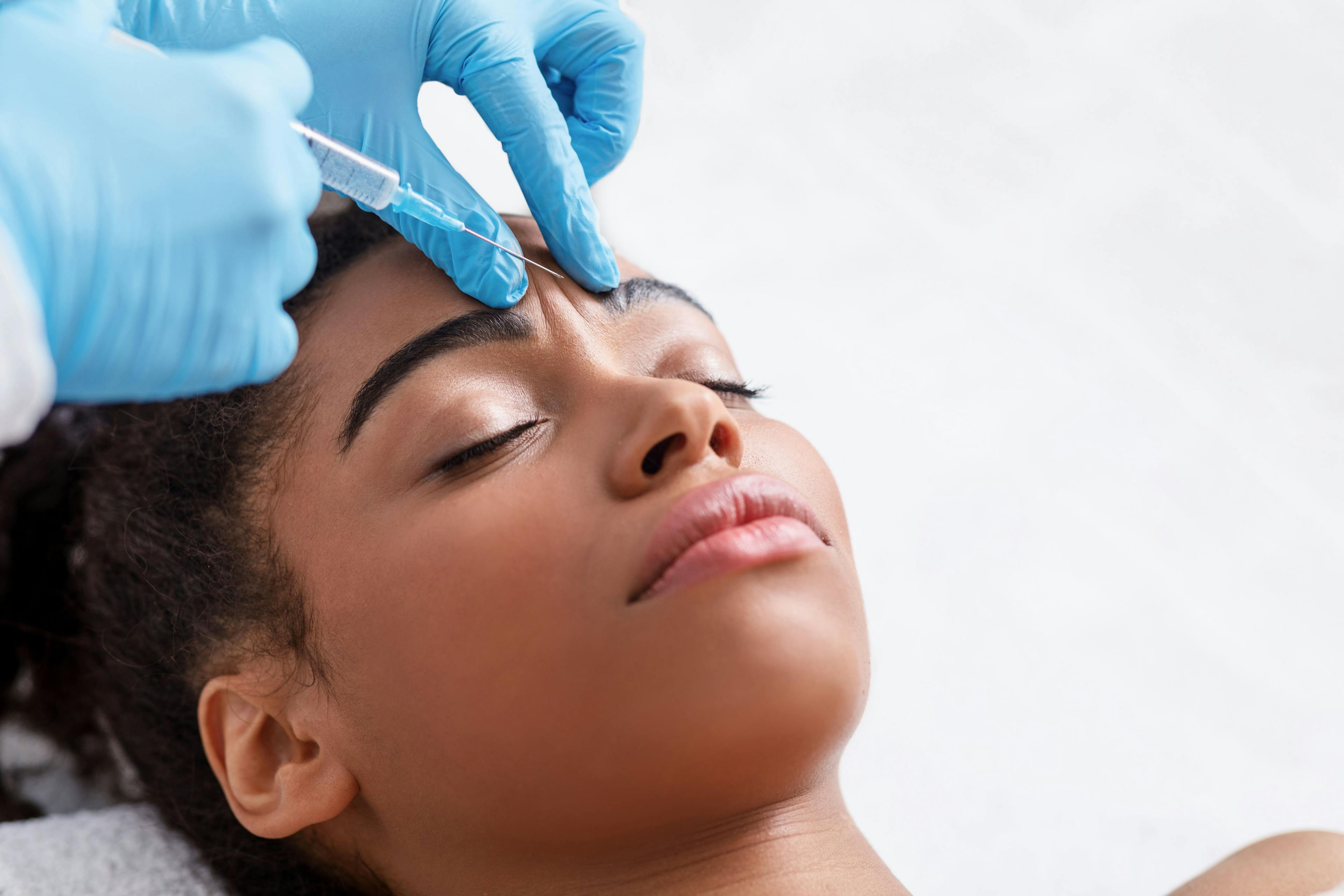- Acne
- Actinic Keratosis
- Aesthetics
- Alopecia
- Atopic Dermatitis
- Buy-and-Bill
- COVID-19
- Case-Based Roundtable
- Chronic Hand Eczema
- Chronic Spontaneous Urticaria
- Drug Watch
- Eczema
- General Dermatology
- Hidradenitis Suppurativa
- Melasma
- NP and PA
- Pediatric Dermatology
- Pigmentary Disorders
- Practice Management
- Precision Medicine and Biologics
- Prurigo Nodularis
- Psoriasis
- Psoriatic Arthritis
- Rare Disease
- Rosacea
- Skin Cancer
- Vitiligo
- Wound Care
News
Article
Dermatology Times
Hair-Raising Challenges
Author(s):
Zoe Draelos, MD, presents vignettes based on common hair problems that patients face, with possible dermatologic solutions.
Image Credit: © Alliance - stock.adobe.com

Scalp–related hair problems are common sources of consternation for dermatologists. Why? Because dermatology is concerned with restoring the health of living tissues knowing that little can be done for nonliving tissues such as hair, where the solution to a problem is new hair growth; however, this solution can take months to see positive effects. This column presents vignettes based on common problems that patients face, with possible dermatologic solutions.
Vignette 1: A 48-year-old perimenopausal woman notes that her hairbrush is full of hair each time she grooms her hair and wonders whether she should invest in a hair growth regimen she saw online.
Solution: The first step in assisting this patient is to determine whether the hairs in her brush are shed telogen hairs or broken hairs by counting the number of club hairs. In this case, most of the shed hairs are broken, indicating that the problem is her hair care and not a physiologic issue. This means no hair growth regimen—oral or topical—from the internet will be effective. Hair breakage occurs because the protein structure of the hair shaft has been degraded and subsequently weakened. The most common cause of hair breakage is friction between the comb or hairbrush and the hair shafts due to a disrupted uneven, rough cuticle.
The first step in minimizing hair breakage is to put a friction-reducing coating over the hair shafts. Some of the new hair-smoothing oils (eg, Sleek & Shine Moroccan Sleek Smoothing Oil by Garnier Fructis; No. 7 Bonding Oil by Olaplex) combine silicone derivatives, such as dimethiconol and cyclopentasiloxane, with vegetable oils, such as sunflower seed oil, to smooth the cuticular scale. This improves hair shine and decreases combing friction, preventing breakage. Hair oil can be applied to wet hair immediately out of the shower, and a small amount can be worked through the ends of the hair as needed.
Vignette 2: A 54-year-old postmenopausal woman who permanently dyes and permanently waves her hair presents with a concern of frizzy hair that will not grow.
Solution: Much like our previous patient, this individual has hair possessing a damaged cuticle, except the damage is chemical instead of physical in this case. All permanent dyes and waving solutions damage the hair structure and the cuticle. Permanent dyes contain hydrogen peroxide and ammonia that damages the cuticle and allows the dyestuff access to the cortex of the hair shaft. This damage can never be fully reversed. Additionally, permanent waving solutions contain thioglycolates that disrupt the disulfide bonds in the hair, which also can never be fully reversed. Hair that is devoid of an intact cuticle is frizzy due to lack of internal hair shaft water, loss of the waterproof outer coating over the cuticle (18-MEA layer), and the ability of the hair shaft to hold a charge.
This patient is experiencing hair frizz from dry hair, humidity exposure, static electricity, and high hair intershaft friction. Frizz-control products (eg, Sleek & Shine Anti-Frizz Serum by Garnier Fructis; EverSleek Frizz Finish Serum by L’Oréal) are thinner than the hair oils discussed previously and contain silicone derivatives (dimethiconol and cyclopentasiloxane) without the higher-concentration, heavier vegetable oils. One quarter–sized amount rubbed into both hands and pulled through the hair will alleviate the frizz problems. A second application can be made if necessary. The frizz product should not be applied to the scalp or roots of the hair in persons with fine hair, as it may give the appearance of oily hair.
Vignette 3: A 25-year-old woman notes that her hair is constantly greasy and wants help.
Solution: Hair shampoos are designed with differing degrees of detergency for many different scalp needs. The surfactant mix chosen for the shampoo will determine how much sebum is removed from the scalp and hair. For example, sodium lauryl sulfate is an excellent detergent to remove abundant sebum; however, sodium laureth sulfate is milder and can be used in shampoos for drier hair. Most shampoos contain primary, secondary, and tertiary detergents to balance sebum removal with foam production. This patient should select a basic nonconditioning shampoo for everyday use (Healthy Scalp Clarify & Shine Grapefruit Shampoo, Neutrogena). If she needs some conditioner, she should apply it only to the ends of the hair and not the scalp or roots.
Zoe Diana Draelos, MD, is a consulting professor of dermatology at Duke University School of Medicine in Durham, North Carolina, and Dermatology Times’ Editor in Chief Emeritus.

Newsletter
Like what you’re reading? Subscribe to Dermatology Times for weekly updates on therapies, innovations, and real-world practice tips.




























